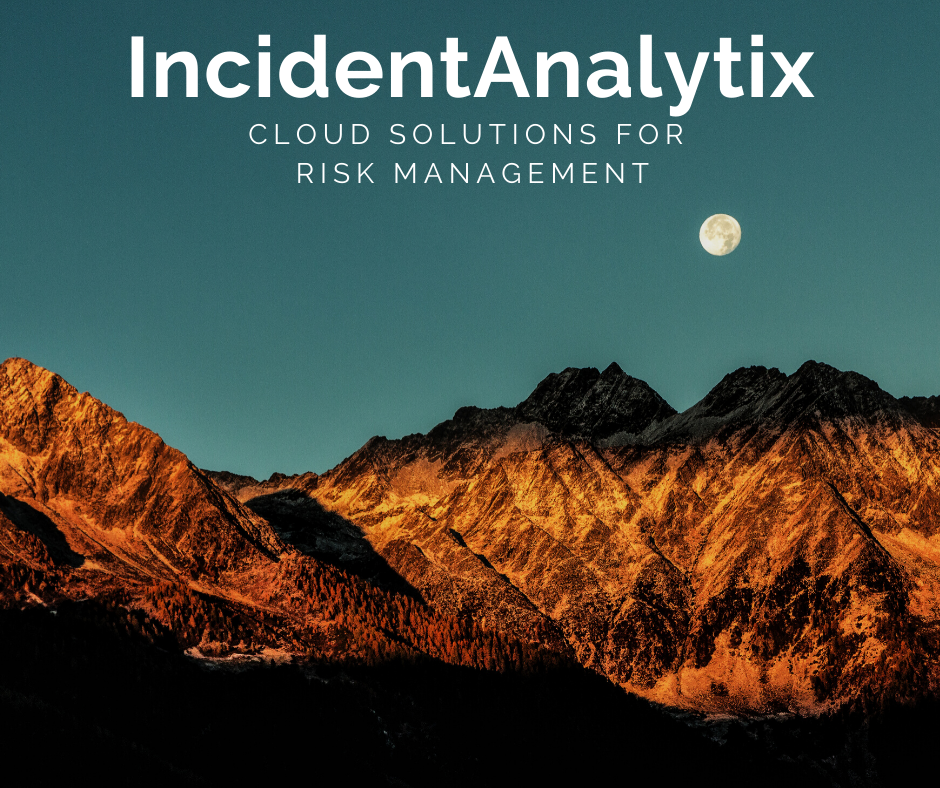IncidentAnalytix Blog
AEE 2023 Conference: Integrating Systems Thinking With Safety I and Safety II: From Reactive to Proactive Risk Management
Effective risk management requires understanding what went wrong when an incident occurs (Safety I) and what is going right that prevented incidents (Safety II). Modern Safety Science utilizes both approaches to optimize safety of any program. This workshop will focus on Rasmussen’s System Thinking approach to risk management by applying incident data analysis techniques to determine the Contributing Factors and Mitigating Factors in a complex system.
AEE 2022 Conference: Applying Systems Thinking for Risk Management & Harm Mitigation: Understanding Safety I and Safety II
Effective risk management requires understanding what went wrong when an incident occurs (Safety I) and what is going right that prevented incidents (Safety II). Modern Safety Science utilizes both approaches to optimize safety of any program. This workshop will focus on Rasmussen’s System Thinking approach to risk management by applying incident data analysis techniques to determine the Contributing Factors and Mitigating Factors in a complex system.
WRMC 2022 Conference: Building a Risk Management Information System (RMIS)
Incident and close call data collection is a fundamental part of any program’s overall risk management strategy. Reviewing individual incident report forms is important, but that won’t give you a holistic picture of your organization’s risk or show you trends across the organization. In order to truly understand and manage risk you need to track incidents and close calls in a database and utilize new advances in data analytics to uncover trends across your data. A Risk Management Information System combines structured data collection with Business Intelligence (BI) tools to provide you with consistent data for all incidents.
AEE Conference 2021: Integrating Safety I & Safety II Frameworks with Systems Thinking for Risk Management & Harm Mitigation
These are the materials from my presentation at the 49th Association for Experiential Education (AEE) conference. Effective risk management requires understanding what went wrong when an incident occurs (the Safety I framework) and what is going right when there are no incidents (the Safety II framework). Research in Safety Science has moved to utilizing both approaches to create optimal operation of any program. Along with these frameworks we’ll focus on Rasmussen’s System Thinking approach that analyzes both Safety I and Safety II through the lens of Contributing Factor and Mitigating Factor causal taxonomies.
Higher Education Protection Network (HEPNet) 2021 Conference Presentation
This is the IncidentAnalytix presentation from the 2021 Higher Education Protection Network (HEPNet) Conference.
Managing risk in youth programming means understanding the factors that either lead to incident events or to safe programming. Your best defense against risk is data collection and analysis of incidents and close calls to be able to quickly identify and mitigate hazards.
In this workshop we’ll start by exploring the traditional Safety I approach to risk management which focuses on what went wrong and takes a ‘control mistakes’ approach to identify weaknesses or failures in the system. Safety I is often used as a framework for post-incident review to identify and address the contributing factors that led to the event. This is a critical risk management step after any serious incident.
